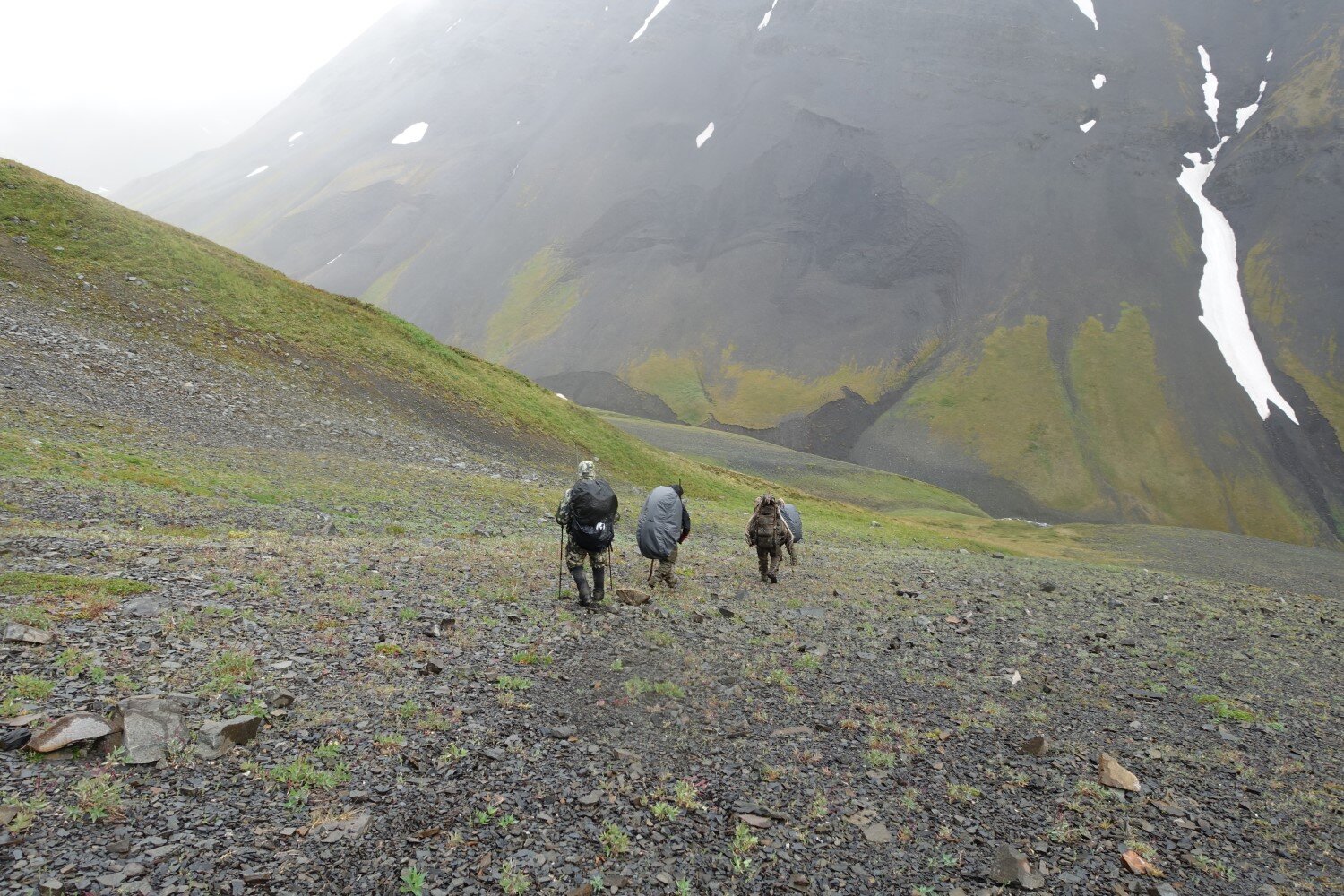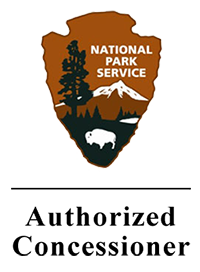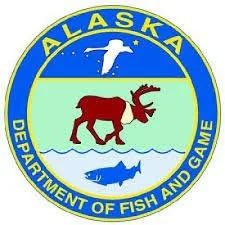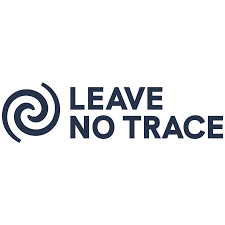Some surprising facts about Alaska
The lowest temperature recorded in Alaska was -80 degrees Fahrenheit at Prospect Creek Camp in 1971.
Barrow, Alaska has the longest and shortest day. When the sun rises on May 10th, it doesn’t set for nearly 3 months. When it sets on November 18th, residents don’t see the sun for nearly 2 months.
Anchorage’s Lake Hood is the world’s largest and busiest seaplane base. Over 800 take offs and landings happen on a busy summer day.
Juneau has no road access to the rest of the state. It is the only capital city in the United States accessible only by boat or plane. It is also the largest, covering 3,108 square miles.
Alaska is the largest U.S. State - in fact it is larger than all but 18 countries of the world, and about 1/5 of the total land area of the 48 contiguous states and twice the size of Texas.
Since the Aleutian Islands cross over the 180-degree longitude line, Alaska is in fact the westernmost, northernmost, and easternmost state!
It is rugged and wild with some 100,000 glaciers, countless rivers and lakes, majestic mountain peaks, more than 100 volcanoes (some active), and nearly 34,000 miles of tidal shoreline (more than the rest of the United States combined). North America's highest peak, Denali, at 20,320 ft., is located in Alaska.
More than a Mountain
Denali is six million acres of wild land, bisected by one ribbon of road. Travelers along it see the relatively low-elevation taiga forest give way to high alpine tundra and snowy mountains, culminating in North America's tallest peak, 20,310' Denali. Wild animals large and small roam un-fenced lands, living as they have for ages. Solitude, tranquility and wilderness await.
Roughly two-thirds of Alaska, or approximately 222 million acres, are federally owned or managed. In 1980, Congress passed the Alaska National Interest Lands Conservation Act (ANILCA) designating more than 100 million acres of federal land in Alaska as new or expanded conservation system units.
The Seven Principles of Leave No Trace provide an easily understood framework of minimum impact practices for anyone visiting the outdoors.








